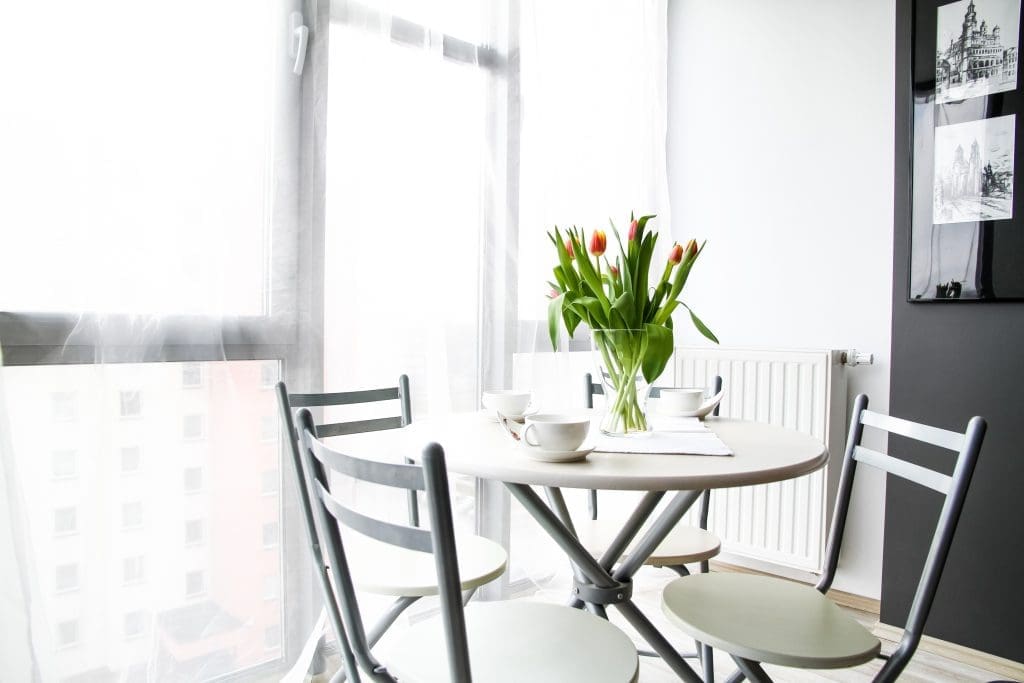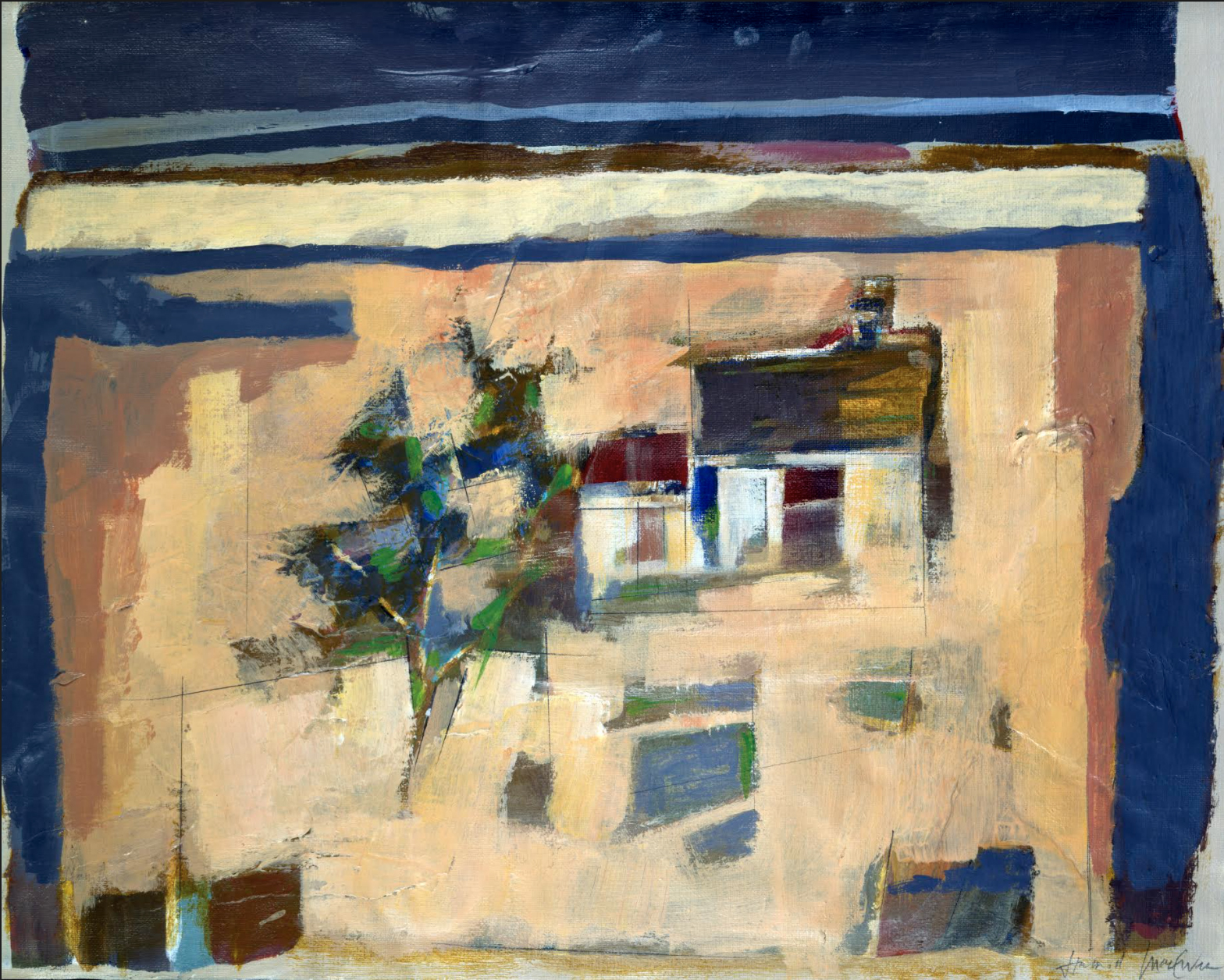Whether you are decorating your whole home, or simply figuring out which seat cushion works best with your bright blue sofa, knowing simple colour theory can help you decorate like a pro.
Know the Basics
First, familiarize yourself with the colour wheel!
The colour wheel is comprised of 12 colours. Primary colors: red, blue and yellow. Secondary colours: orange, purple, and green. Tertiary colours: the six shades that can be made by mixing primary and secondary colours. Unsure of where to start when choosing a colour scheme? Pick one of the colours on the colour wheel and go from there.
Alter Your Colours
When you have chosen a basic colour, you can easily create your own unique shade within the same colour family. For example, if you decided that your main colour will be blue, you can now mix it with a neutral tone to make it lighter or darker. This is called parlance, also known as tint, shade, and tone. Tint: lightening a colour by adding white, shade: darkening a colour by adding black, and tone: darkening a colour by adding gray. A quick visit to your local paint store will show you just how many options you have!
Understand Colour Temperature
Certain tones are warm, while others are cool. Reds, oranges and yellows are often described as warm, whereas blues, purples and most greens are considered cool. Warm colours tend to be vibrant, lively and intimate while cool colours are described as calm and relaxed. Think about each space in your home and what kind of atmosphere you want your room to have. Kitchens typically have warm tones, while bathrooms and bedrooms are kept on the cooler side. Tip: warm colours can make a small space feel claustrophobic while cool colours in a spacious room can leave things feeling stark. Think about whether you want your main colour to be warm or cool.
Choosing a Colour Scheme
Complementary Colour Scheme
When it comes to decorating, complementary colour schemes are the simplest. This strategy uses two colours that sit opposite each other on the colour wheel. Usually one colour will be the dominant shade, while the other is used as an accent. Think red and green, blue and orange or yellow and purple. As this colour combination has such a high contrast, it is best to use it in small quantities, and in places where you want to draw attention to particular design elements. When using the complementary colour scheme, remember to incorporate neutrals to soften and calm the space.
Split-Complementary Colour Scheme
If the complementary colour scheme is a bit too bold for your taste, this is a safer choice. Split-complementary colours work similarly to complementary colours but instead of choosing the shade directly opposite to your base colour, you are choosing the two shades on either side of that colour. This scheme provides a sense of balance and you get the impact of bold colour without going over-board. Split-complementary works best when one colour is dominant. Try having a muted colour as the dominant shade and the other two as bright bold accents.
Analogous Colour Scheme
This scheme refers to using three colours in a row on the colour wheel. Typically, two primary colours are chosen with the third being a mix of the two. For example, you could choose red, orange and yellow, or red, purple and blue. The key is to use the right proportions; the 60-30-10 rule works great (dominant colour is used in 60% of the space, secondary colour is in 30%, and the accent colour is used in 10%). Choose one colour to be the dominant shade, one to support the dominant, and then the third as a vibrant accent. This type of colour scheme can also be used with neutrals – simply choose black, white and grey instead of brighter shades – this is referred to as a monochromatic scheme.
Are you ready to start choosing colours? There are plenty of resources online to help you get familiarized with the colour wheel and colour schemes. Not sure where to look? Paletton is a free website that allows you to choose a starting colour and play around with different schemes, tones, and tints. If you want a bit of help on the go, there are plenty of colour scheme phone apps out there– they are great to have on hand when picking out paint or shopping for accent pieces.
What colours do you have in your home? What is your favourite colour to decorate with? Let me know!

